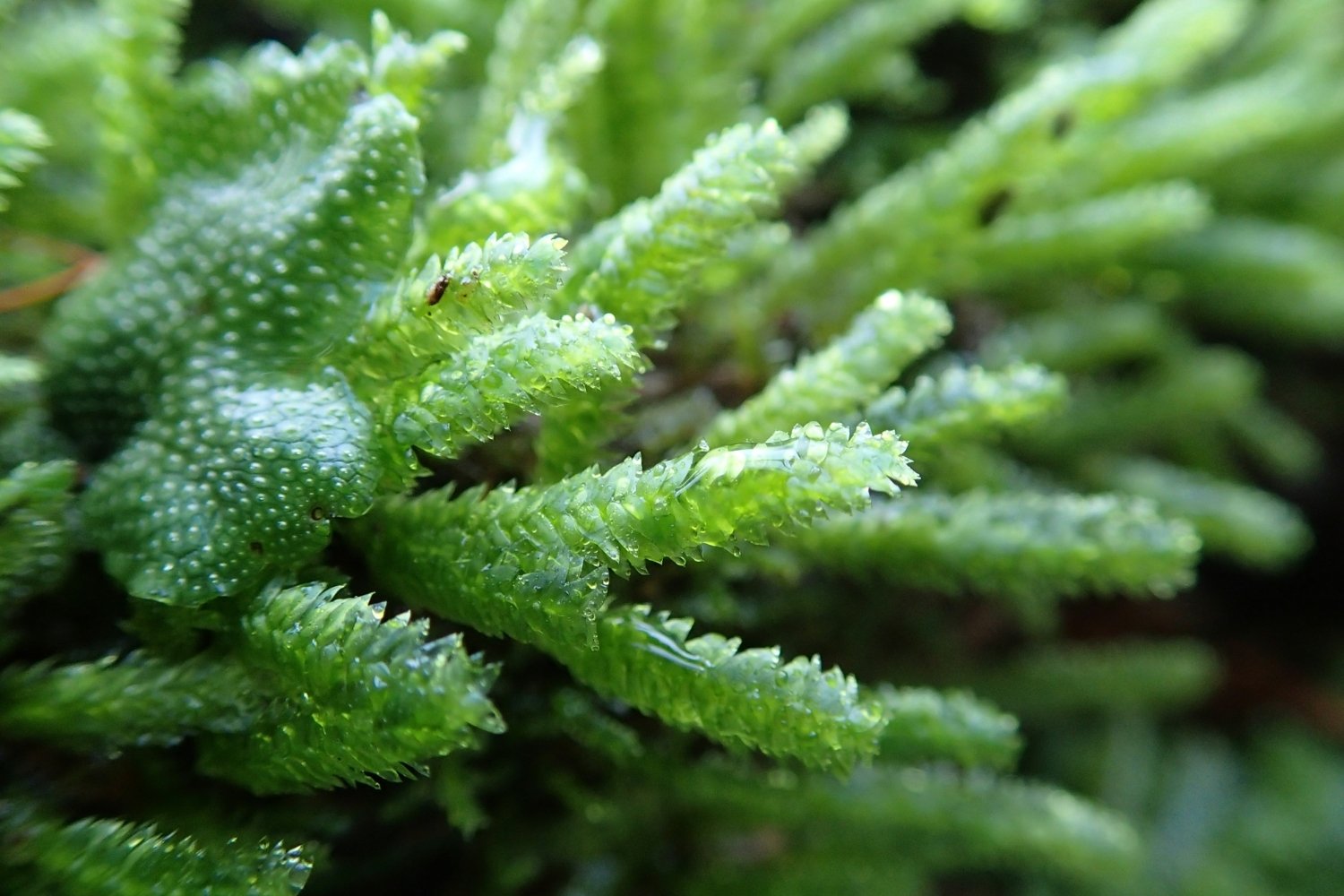
Bryology is the study of mosses, liverworts, and hornworts. Ever wondered why these tiny plants are so important? Bryologists explore these fascinating plants to understand their role in ecosystems. Mosses, for instance, help prevent soil erosion and retain moisture. Liverworts and hornworts, though less known, play crucial roles too. They can indicate air quality and even help in the study of climate change. These plants might be small, but their impact is huge. Ready to learn more? Let's dive into 33 amazing facts about bryology that will change how you see these green wonders!
What is Bryology?
Bryology is the study of mosses, liverworts, and hornworts. These small, non-vascular plants often go unnoticed, yet they play crucial roles in ecosystems. Let's dive into some fascinating facts about bryology.
- Bryology comes from the Greek word "bryon," meaning moss, and "logia," meaning study.
- Bryophytes are among the oldest land plants, dating back over 450 million years.
- Mosses, liverworts, and hornworts are the three main groups of bryophytes.
- Unlike most plants, bryophytes do not have true roots, stems, or leaves.
- Bryophytes reproduce through spores rather than seeds.
- Mosses can survive in extreme environments, from arctic tundras to tropical rainforests.
- Liverworts are named for their liver-shaped leaves, which were once believed to cure liver ailments.
- Hornworts get their name from their horn-like sporophytes, which release spores.
- Bryophytes play a key role in preventing soil erosion by stabilizing the ground with their dense mats.
- These plants are essential for water retention in forests, helping to maintain moisture levels.
Bryophytes and Their Environment
Bryophytes have unique adaptations that allow them to thrive in various environments. Here are some interesting facts about their ecological roles and habitats.
- Bryophytes can absorb water directly through their leaves, making them highly efficient in water uptake.
- Some mosses can hold up to 20 times their weight in water.
- Bryophytes are often the first plants to colonize bare or disturbed soil, paving the way for other vegetation.
- They provide habitats for small invertebrates, such as mites and springtails.
- In peat bogs, sphagnum mosses create acidic conditions that slow down decomposition, leading to peat formation.
- Bryophytes can tolerate high levels of pollution, making them useful bioindicators for environmental monitoring.
- Some species of moss can survive desiccation, reviving after being dried out for months or even years.
- Bryophytes contribute to nutrient cycling by breaking down organic matter and releasing nutrients back into the soil.
- In tropical rainforests, epiphytic bryophytes grow on tree trunks and branches, forming lush green carpets.
- Alpine mosses can survive freezing temperatures and intense UV radiation at high altitudes.
Bryophytes in Human Culture and Science
Bryophytes have influenced human culture and scientific research in various ways. Here are some intriguing facts about their uses and significance.
- Indigenous peoples have used mosses for insulation, bedding, and wound dressings due to their absorbent properties.
- In Japan, moss gardens are a traditional art form, symbolizing tranquility and natural beauty.
- Bryophytes are used in horticulture for soil conditioning and as decorative elements in terrariums.
- Sphagnum moss is harvested for use in horticulture, floristry, and as a natural antiseptic.
- Scientists study bryophytes to understand plant evolution and the transition from aquatic to terrestrial life.
- Bryophytes are used in climate change research to study past environmental conditions through peat core analysis.
- Some bryophytes produce unique chemical compounds with potential medicinal properties.
- Bryophytes have been used in traditional medicine for treating ailments such as burns, cuts, and respiratory issues.
- In the 18th century, bryophytes were among the first plants to be studied under a microscope, revealing their intricate structures.
- Bryophytes are used in ecological restoration projects to stabilize soil and promote vegetation growth.
Fun and Quirky Facts about Bryophytes
Bryophytes have some quirky and fun characteristics that make them truly fascinating. Here are a few more facts to tickle your curiosity.
- The world's smallest moss, Ephemerum, measures just a few millimeters in height.
- Some mosses can glow under UV light due to the presence of certain pigments.
- Bryophytes can form symbiotic relationships with fungi, enhancing their nutrient uptake and growth.
The Fascinating World of Bryology
Bryology, the study of mosses, liverworts, and hornworts, offers a glimpse into a unique part of the plant kingdom. These small but mighty plants play crucial roles in ecosystems, from preventing soil erosion to providing habitats for tiny creatures. They can even help scientists understand climate change by acting as bioindicators. Bryophytes are ancient, dating back millions of years, and they continue to thrive in diverse environments worldwide. Their simplicity and resilience make them fascinating subjects for research and education. Whether you're a budding scientist or just curious about nature, exploring bryology can deepen your appreciation for these often-overlooked plants. So next time you see a patch of moss, take a moment to consider the incredible history and ecological importance packed into those tiny green leaves. Bryology reminds us that even the smallest organisms can have a big impact on our world.
Was this page helpful?
Our commitment to delivering trustworthy and engaging content is at the heart of what we do. Each fact on our site is contributed by real users like you, bringing a wealth of diverse insights and information. To ensure the highest standards of accuracy and reliability, our dedicated editors meticulously review each submission. This process guarantees that the facts we share are not only fascinating but also credible. Trust in our commitment to quality and authenticity as you explore and learn with us.
